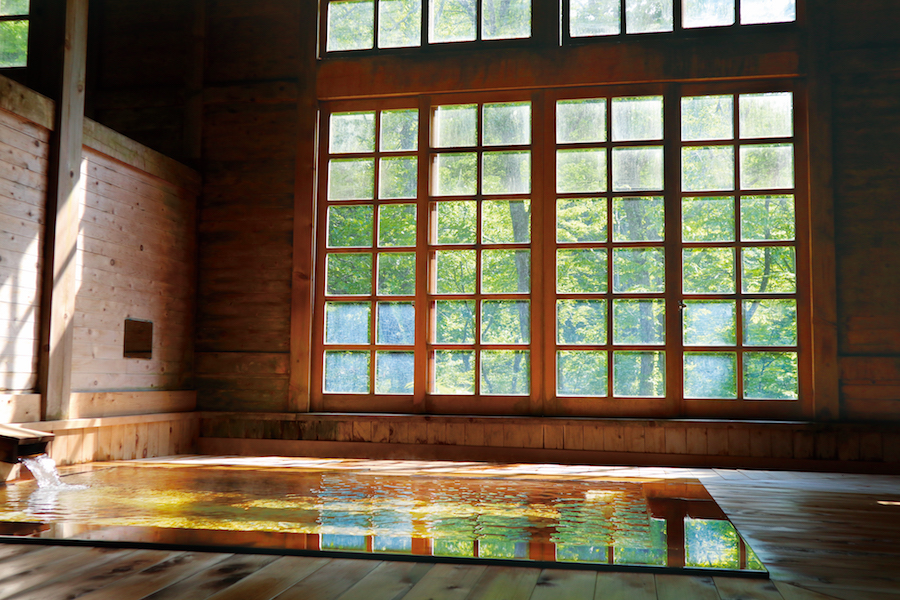Hirosaki Park
Built more than 400 years ago within today’s Hirosaki Park, Hirosaki Castle is a popular place for sakura blossom viewing. Every spring, the grandeur of the castle tower is accentuated by flurries of sakura petals blowing in the wind. From late April to early May, 2,600 sakura of different species. They include Somei Yoshino and Shidarezakura. When the sakura come into full bloom path from the moat to the castle tower is bathed in a gradient of pink.

Guardians of Sakura Trees
The beauty of sakura in Hirosaki Park lies in its gorgeous volume as well as fragile quality. Although most Somei Yoshino have a life span of fewer than 100 years, hundreds of sakura in Hirosaki Park have lived a lot longer than that, thanks to the sakuramori. Sakuramori literally means “people who look after sakura” in Japanese. These gardeners are responsible for the well-being of sakura and they make a record of the blossom time every year. Although becoming a sakuramori doesn’t require a license, having an arborist certificate ensures that the trees can enjoy better care. Makiko Hashiba is one of the three sakuramoris in Hirosaki with an arborist certificate. Hashiba was born and raised in Hirosaki. Her special feelings for Hirosaki Castle motivated her to work as a sakuramori. When asked about the secret to growing sakura trees, the tree doctor said that Hirosaki style management is the key to the trees’ health and well-being.

Hirosaki Style Management Provides Ultimate Pampering

Hirosaki Style Management was first introduced in the 1960s. Hashiba said the way sakuramoris take care of sakura trees originated from the way apple trees are grown in Hirosaki, the top producer of apples in Japan. To facilitate harvest, local farmers had apples grown from lower part of the trees. The technique proves useful for managing sakura today. Sakuramoris would first thin the branches (cut off the core in the middle so that buds would sprout from two sides) to allow new branches to grow. After pruning and fertilization, sakura flowers can then blossom from the lower part of the tree. This is why, compared to the average Somei Yoshino, each bud in Hirosaki Park can develop one to two more flowers.

Hirosaki sakuramoris believe that cutting out the rotten part of a sakura tree can give it new life and enable new branches to grow. In Hirosaki Park, you might come across sakura that blossom despite a rotten main branch.
Sakura in Hirosaki Park are known for their showy, vibrant blooms. Visitors can get close to these beautiful flowers. That’s because blossoms and twigs also grow from the lower part of the old branch. Although many say that Sakura lack fragrance, Hashiba said that you can smell a light aroma if you get your nose close enough to the petals.
Flower Viewing Tradition in Hirosaki
The locals like to eat crabs while viewing sakura. This is because sakura blossom season overlaps with the beginning of the crabbing season. Not only are togekurigani crabs delicious and sweet, they also come with rich, creamy eggs. Having crabs at a flower viewing event is a tradition in this area of Aomori. Don’t be surprised if you see locals eating a crab under sakura. This is the best way to enjoy life after all!

Closed: (Winter Closing) November 24th – March 31st
Access: 30min walk from Hirosaki Station
Address: 1 Shimoshirogane-cho, Hirosaki-shi, Aomori
Website: http://www.hirosakipark.jp/en/
 0
0























